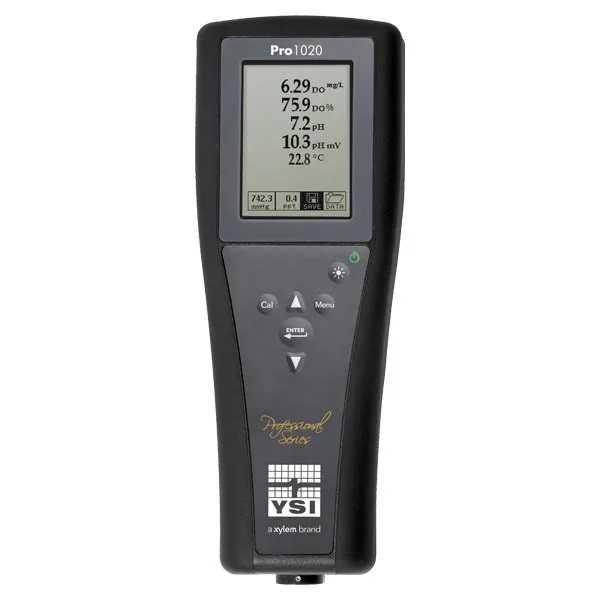Description
Description
This online platform is designed to assist hydrologists, environmental scientists, and water resource engineers in developing accurate rating curves for streamflow measurements. The website allows users to upload time-series data collected at specific monitoring sites, and it automatically generates rating curves that relate stage (water level) to discharge (flow) for accurate hydrological analysis and forecasting.
Key Features:
- Rating Curve Generation: Users can upload field data, including stage (water level) measurements over time and corresponding discharge (flow) data, and the website generates rating curves. These curves show the relationship between the stage (measured as water height) and discharge (volume of water flowing per unit of time), critical for assessing flow at ungauged sites or during varying hydrological conditions.
- Time-Series Data Upload: The platform allows users to upload data in various formats (Excel, CSV, etc.) containing time-stamped measurements of stage and discharge. This data may include various dates and times, and the website ensures that these are correctly mapped to produce an accurate rating curve over the observed time period.
- Real-Time Data Integration: For continuous monitoring stations, the website may offer integration with real-time data streams. This allows users to automatically update and refine their rating curves with new data as it becomes available.
- Interactive Rating Curve Visualization: The platform provides an interactive graphical interface where users can view the relationship between stage and discharge. The rating curve can be zoomed, analyzed, and adjusted based on additional data or refinements, helping users gain insights into hydrological trends and events.
- Curve Fitting and Model Selection: The website applies various curve-fitting techniques (such as polynomial, logarithmic, or power-law regression) to create the most accurate and reliable rating curves. Users can customize the fitting method, adjust parameters, and check the quality of the fit (e.g., R-squared value).
- Validation and Quality Control: The platform may include tools for validating the generated rating curve. It compares predicted discharge values with actual field measurements to ensure accuracy. Users can also inspect the curve for any anomalies or discrepancies in the data.
- Historical Data Analysis: The platform can work with historical data sets, making it possible to generate rating curves for long-term projects or studies based on previously collected data. The time-stamped data can be used to assess seasonal flow variations and historical trends in discharge.
- Export and Reporting: Once the rating curve is generated, users can export the results in formats such as PDF, Excel, or CSV for inclusion in reports, presentations, or publications. The platform also allows users to export the fitted rating curve equation and associated parameters for further analysis.
- Custom Time Periods: Users can specify the time period for which they want to generate the rating curve, allowing for more targeted analysis of flow conditions during specific events (such as floods or droughts).
- User Interface: The platform features an intuitive and easy-to-navigate interface, designed to handle large data sets and perform complex calculations with minimal user input. It includes step-by-step instructions, interactive tools, and visual aids to guide users through the data upload, processing, and rating curve generation steps.
How It Works:
- Data Upload: Users upload time-series data containing measurements of stage (water level) and discharge for the monitoring site. The data should include timestamps, which are essential for creating accurate rating curves over the observed period.
- Data Processing: The platform processes the uploaded data, ensuring that stage and discharge measurements are correctly aligned by time. The website uses statistical methods to generate a reliable rating curve that models the relationship between the two parameters.
- Rating Curve Visualization: After the rating curve is generated, the platform displays it in a graphical format. Users can zoom in on specific sections, compare data points, and view the best-fit curve based on the selected model.
- Model Refinement: Users can refine the rating curve by adjusting input parameters, selecting alternative regression models, and analyzing how changes affect the curve’s accuracy and reliability.
- Export and Share Results: Once satisfied with the rating curve, users can download the results, including the fitted equation, discharge values, and graphical representations, for use in reports, publications, or further hydrological modeling.




Reviews
There are no reviews yet.